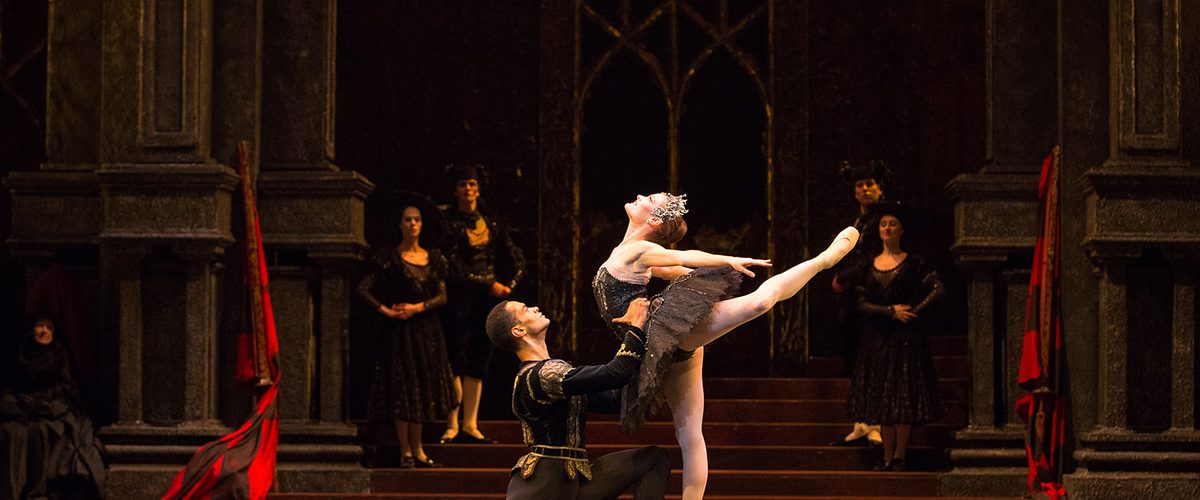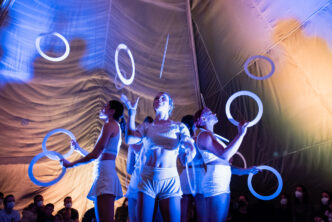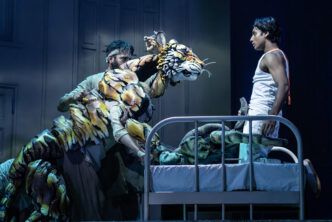Birmingham Royal Ballet’s Swan Lake – conceived by Sir Peter Wright and Galina Samsova – first premiered at the Palace Theatre back in 1981, but this is not a production that looks nearly 40-years-old.
The curtain rises on a striking funeral scene, its dark, gothic visuals complementing the dramatic swell of Tchaikovsky’s musical introduction perfectly. These few seconds clearly set up the story – the king has died, which means that his son, Prince Siegfried needs to marry and secure the throne.
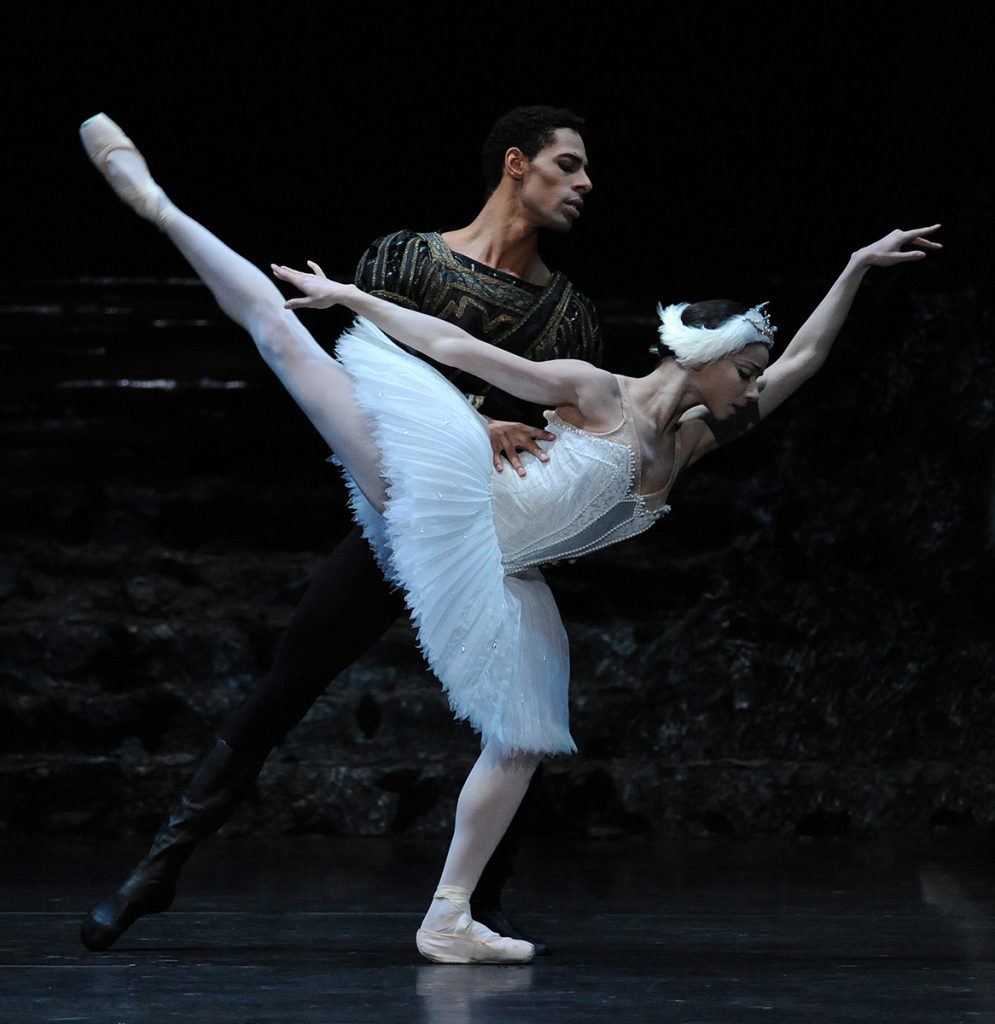
This is the command issued by the queen in Act I – an extension of the prologue, with its sombre colours and richly brocaded costumes suggesting a Russian imperial court – and each successive dance is intended only to distract the prince from his predicament.
The opening waltz is comprised of just four couples, meaning that there is a lot more space for dynamic choreography than in versions that use the whole corps de ballet. Two courtesans are brought on to distract Prince Siegfried and perform a charming pas de trois with his friend Benno (danced with immense likeability and flair by Tzu-Chao Chou). Siegfried (César Morales) reluctantly joins in, allowing his character to develop and for Morales to showcase his elegance, poise and natural, unaffected mime.
Momoko Hirata is a stunning Odette, managing to appear both weightless, with exquisite fluidity in the movement of her arms and hands, and as if in tortuous pain. The Act II tableau of glowing white swans against a shadowy, moonlit lakeside is the perfect backdrop to a breathtaking pas de deux between the lovers.
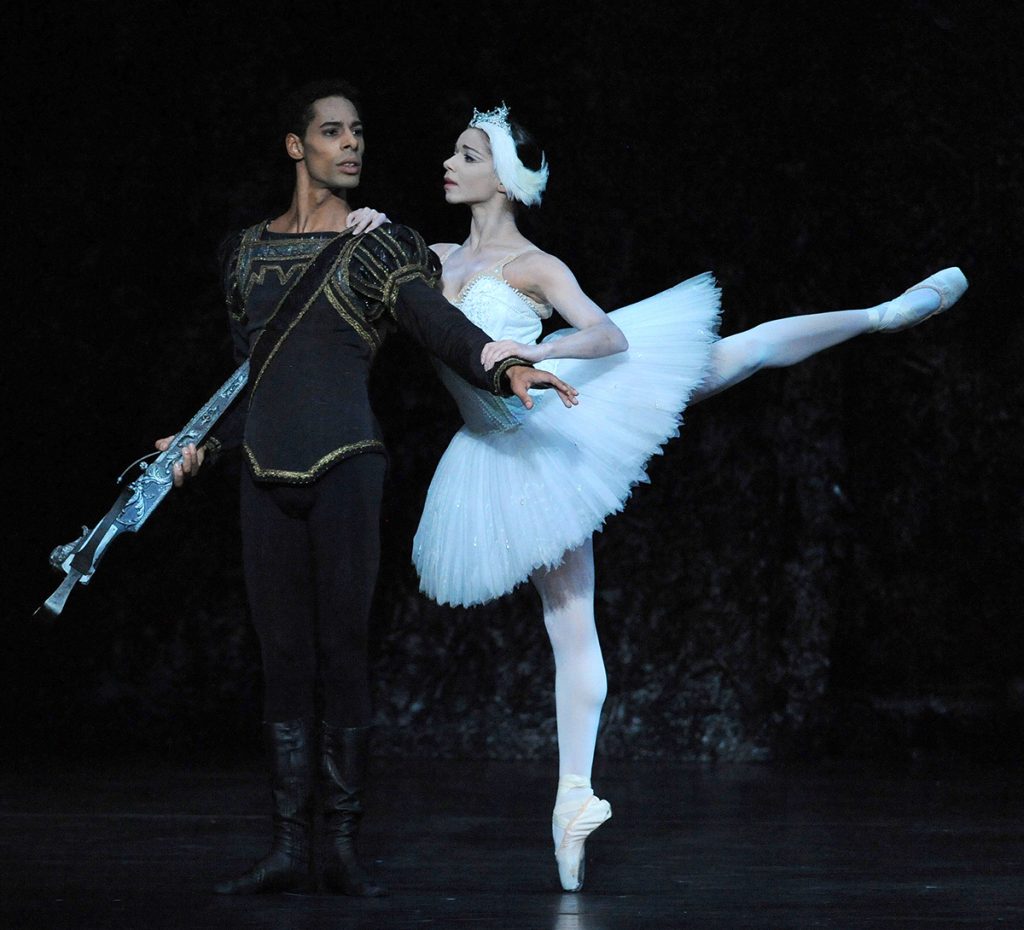
Act III marks a return to courtly splendour, as dancers in resplendent national costumes form entourages for princesses who have been invited as prospective matches for Siegfried. They perform a traditional czárdás, mazurka and Neapolitan dance – clearly enjoying the expressive flair of these character roles – that herald brief, pretty solos from the princesses themselves. The music for the final national dance – traditionally the Spanish Dance in most productions – is reserved for Rothbart and Odile’s entourage.
The Black Swan pas de deux is every bit as captivating as the White, with its spectacularly high lifts, sharp attitude turns and famous fouettés getting a huge cheer from the Lowry audience. Hirata’s frequent sly looks to Rothbart during the adagio make it very clear that this is practised deception on the prince.
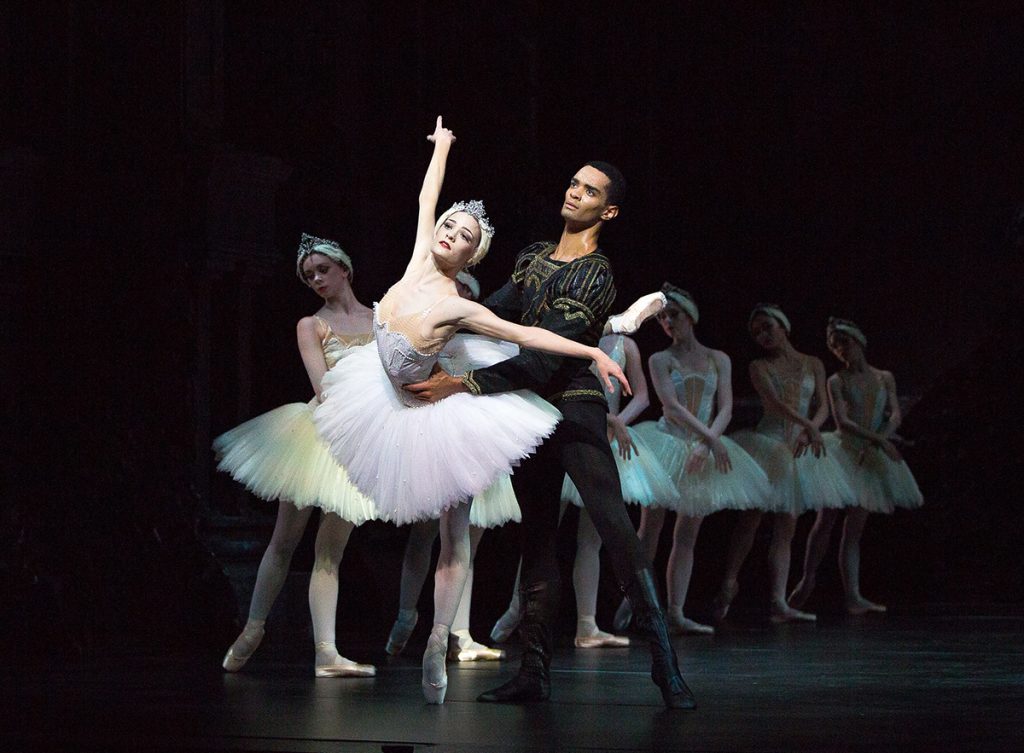
The opening of the final act sees the swans rise from a sea of dry ice, a spectacular effect that garners a spontaneous burst of applause. The ensuing dance of the swans makes frequent use of sequential movements, their wings folding and unfolding endlessly to remind us of their unity in suffering under the enchantment. In the dramatic climax, Rothbart’s headdress is torn off in a struggle with Siegfried and he is left lying on the ground, the vengeful flock of swans staring him down like the Wilis in Giselle. In a poignant reminder of the ballet’s opening, Benno is left onstage cradling the prince’s lifeless body, while behind him the spirits of the lovers appear in the sky together.
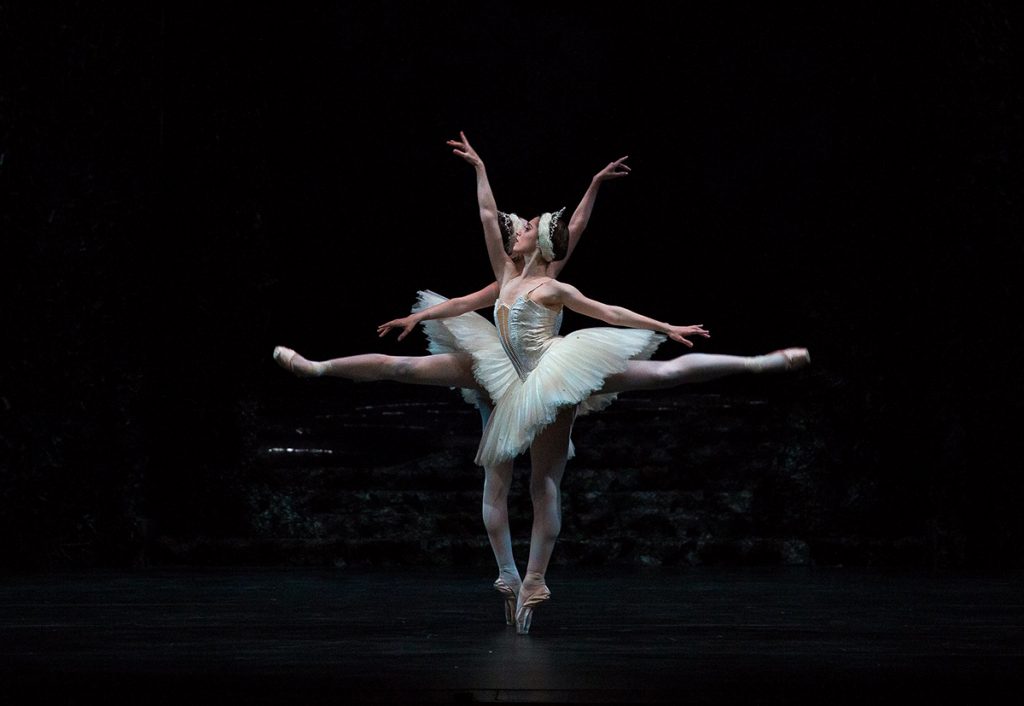
This production – with its exquisite design, stunning performances and staging that really communicates the story – is a perfect example of why Swan Lake remains one of the most powerful, enduring and beautiful narrative dance works in the world.
★ ★ ★ ★ ★Birmingham Royal Ballet’s Swan Lake is at The Lowry from 2020.

